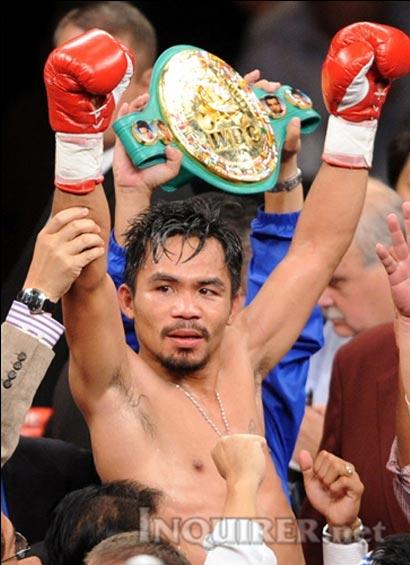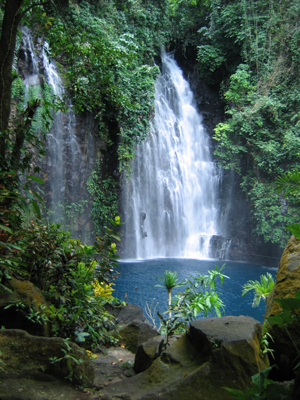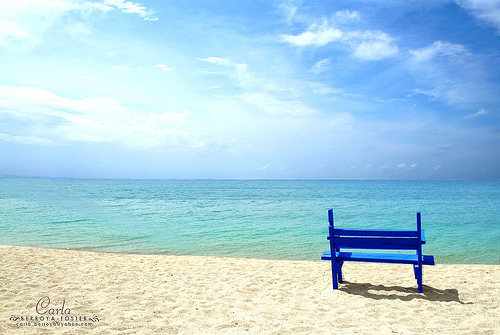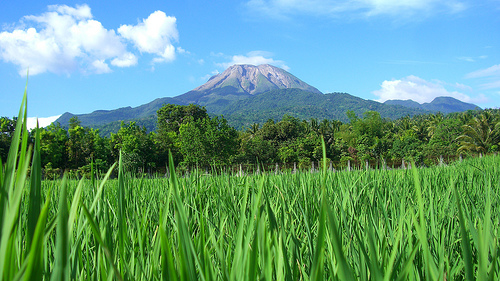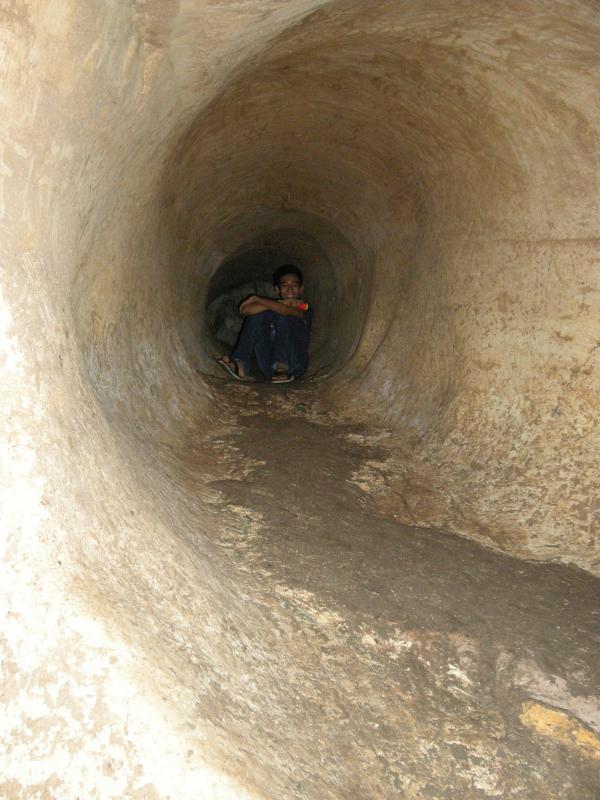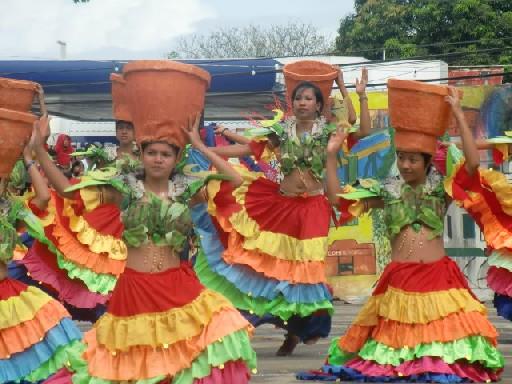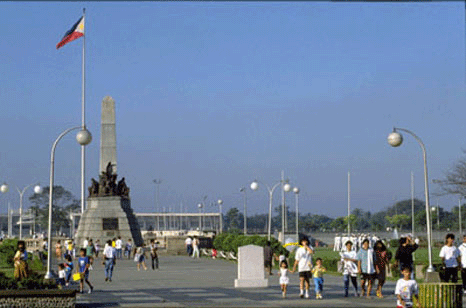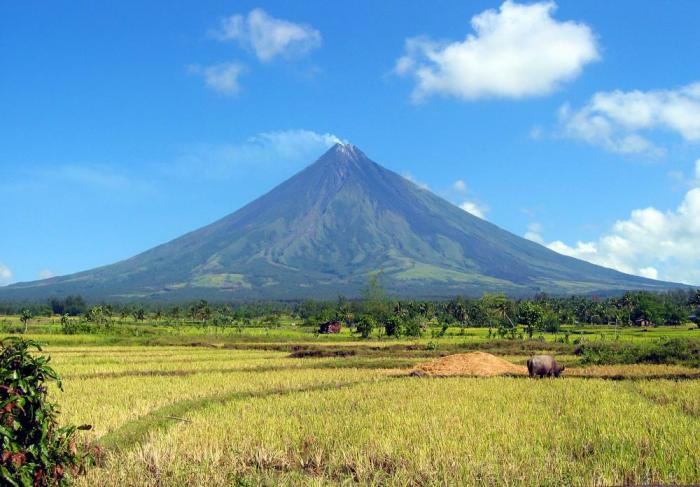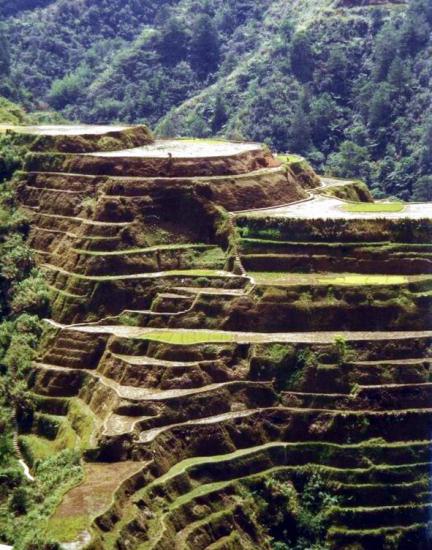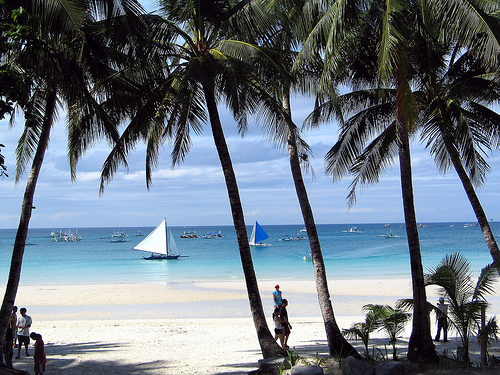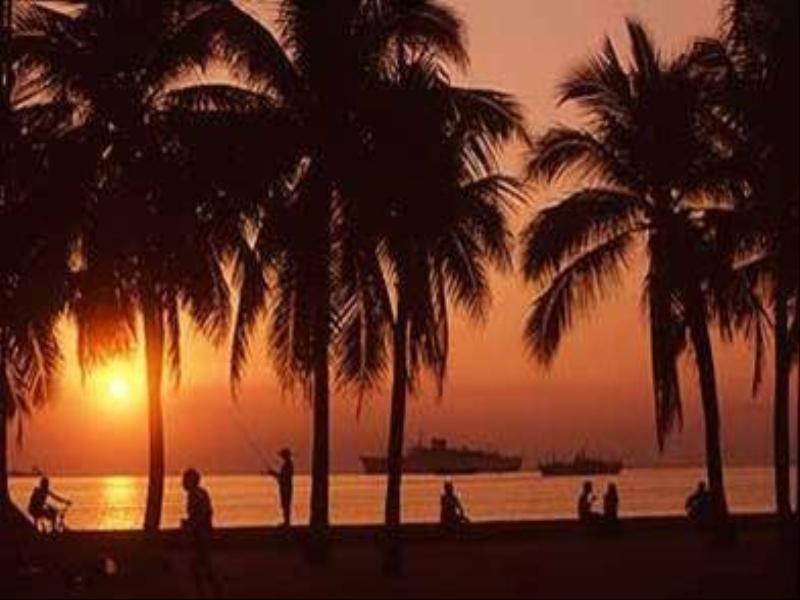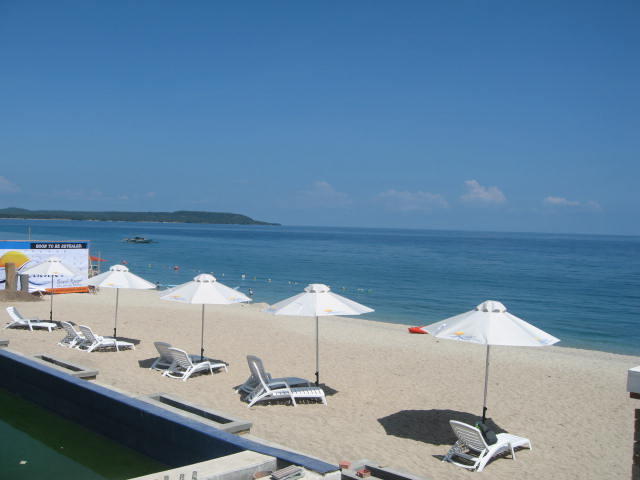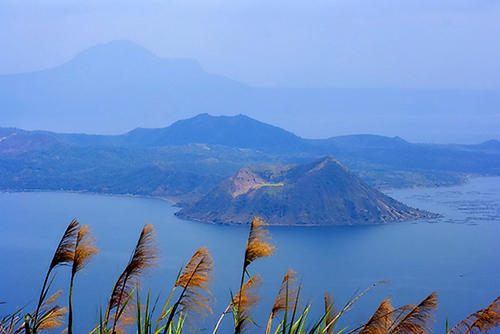Posts Tagged ‘interesting places’
AGUINALDO SHRINE
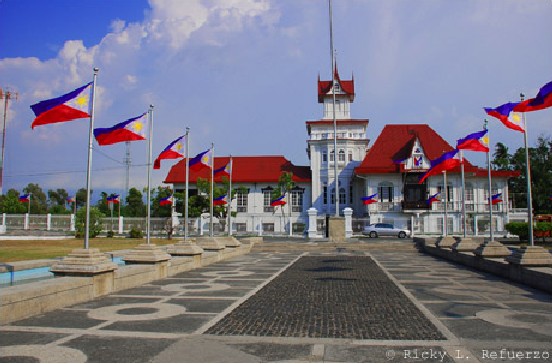 Photo from: masterbetong.net
Photo from: masterbetong.net
The Aguinaldo Shrine is a national shrine of the Philippines, located in Kawit, Cavite. The Philippine flag is raised here by top national officials every Independence Day (June 12) to commemorate the event.
The shrine is the ancestral home of Emilio Aguinaldo, the first president of the Republic of the Philippines. Philippine independence from Spain was proclaimed from a window of the home on June 12, 1898.
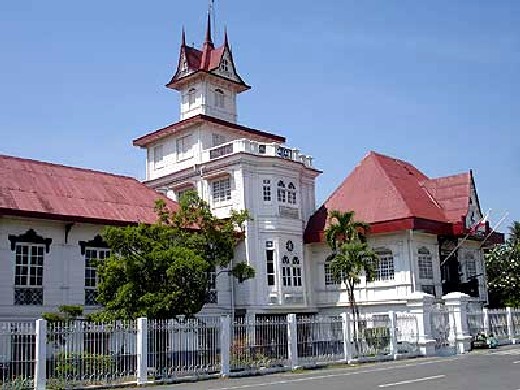 Photo from: clickthecity.com
Photo from: clickthecity.com
The proclamation of Philippine Independence (subsequently replaced by another declaration written and signed in Malolos, Bulacan) was read, and the Philippine flag formally unfurled, although it had been displayed in battle in late May, 1898. The Philippine national anthem was also played (its lyrics still to be written in 1899) by the music band of San Francisco de Malabon (now General Trias, Cavite) on that date.
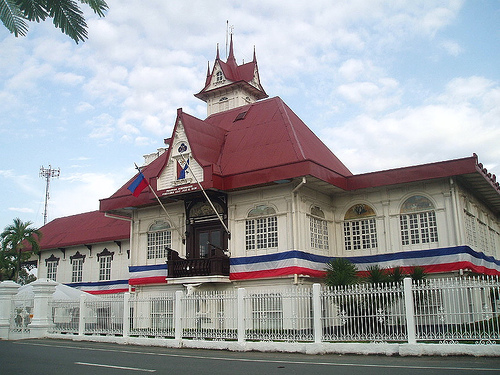 Photo from: flickriver.com
Photo from: flickriver.com
President Aguinaldo, particularly while in retirement after his capture and release by American forces, greatly enlarged his home, building an elaborate Independence balcony which many visitors assume was the actual site of the independence proclamation. President Aguinaldo is buried in the garden of his home, which he donated to the Philippine government in 1962.
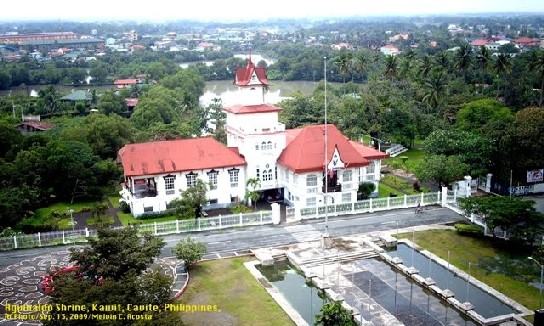 Photo from: melvincacosta.blogspot.com
Photo from: melvincacosta.blogspot.com
The name Kawit is derived from the Tagalog word kawit (hook) which is suggestive of its location at the base of a hookshaped shoreline along Manila Bay extending to the tip of Cavite City. Kawit was the most thriving settlement prior to the coming of the Spaniards. In fact, it provided the first anchorage of the Spaniards in the province, whence colonization and proselytization of the Christian religion began, spreading to all corners of the province.
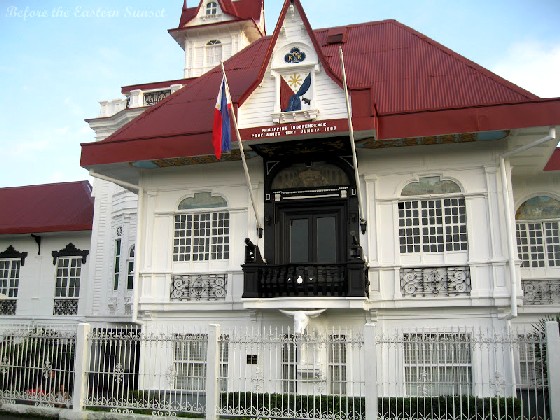 Photo from: theparadoxicleyline.blogspot.com
Photo from: theparadoxicleyline.blogspot.com
Legend, however, gives another version on how the town got its name. One day a Spanish visitor asked a native blacksmith about the name of the village. The latter was busy at the time pounding on the anvil a piece of hot metal that looked like a hook. He hesitated to speak, not understanding what the stranger was asking, but when pressed for an answer, and thinking that he wanted to know what he was doing, he merely said kawit (hook). The Spaniards left muttering the word kawit. In the course of the time the word kawit evolved into “cawite,” and finally “cavite”.
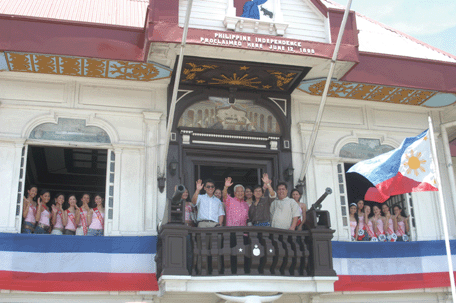 Photo from: zambales.gov.ph
Photo from: zambales.gov.ph
For a long time the place was called by the Spaniards “Cavite el Viejo” or Old Cavite to distinguish it from “Cavite la Punta” or “Cavite el Puerto,” the commercial port and naval base (now Cavite City) whence came many Spanish marines on shore leave who made frequent visits to Cavite el Viejo, eventually turning it into a red light district. The bad reputation of the place, however, was completely wiped out when it was placed under the spiritual supervision of the Jesuits during the administration of Manila Archbishop Miguel Garcia Serrano(1618-1629) by placing St.Mary Magdalene as Patron saint of the town.
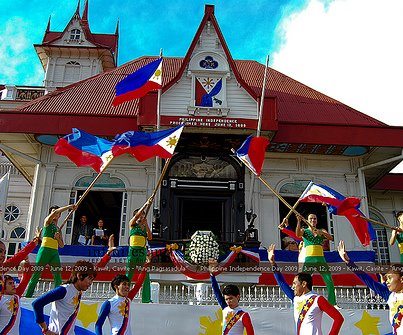 Photo from: facebook.com
Photo from: facebook.com
Cavite el Viejo was then a big town, comprising the municipality of Kawit today, Cavite la Punta (now Cavite City), Noveleta (called Tierra Alta by the Spaniards), and Imus. One after the other these three barrios seceded and became independent municipalities.
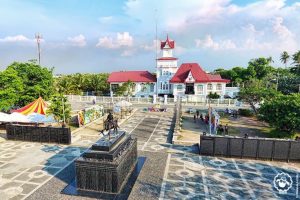 Photo from: http://www.tupanggala.com/aguinaldo-shrine/
Photo from: http://www.tupanggala.com/aguinaldo-shrine/
TABLE OF CONTENTS
Cavite – the Historical Capital of the Philippines
Other Visitors Also Viewed:
Rahugan Festival Celebrates Strength in Unity
Join the Bagasbas Summer Surf Festival
Anihan Festival – Thanksgiving for a Good Harvest
Bila-Bila Festival is a Celebration Honoring the Butterflies
Siitan River and the Enjoyable Siitan River Cruise
The Enchanting Libtec Underground River
